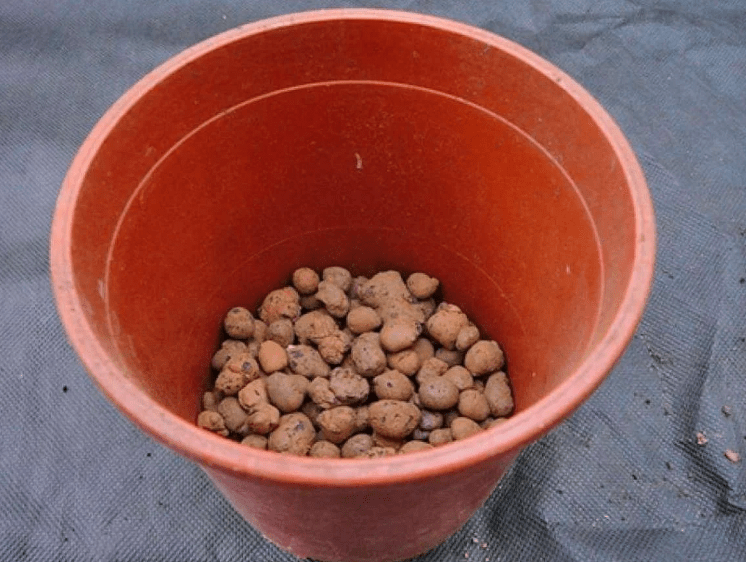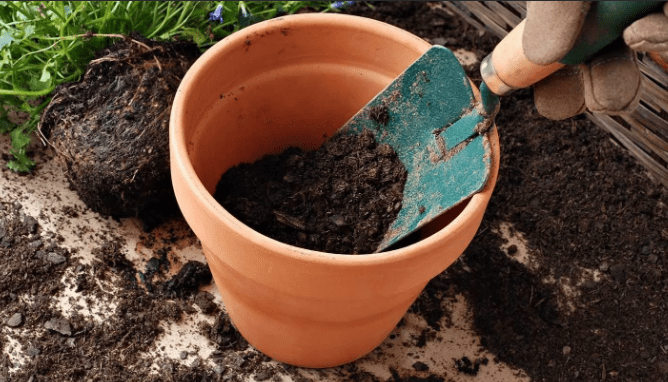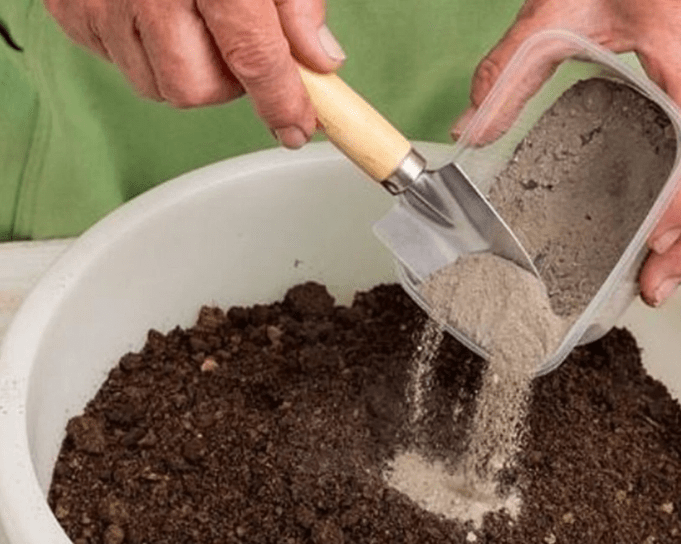Content
Echinacea is a perennial rhizome-herbaceous crop from the Asteraceae family, valued for its unique healing properties. It is undemanding in care and reproduces by vegetative and generative methods. Growing echinacea from seeds is associated with certain difficulties and is applicable mainly to simple forms of culture.
When to sow Echinacea seeds for seedlings
Before being transferred to unprotected soil, Echinacea seedlings should spend approximately 2-2.5 months at home. Therefore, they start sowing as early as possible. The exact timing of planting Echinacea purpurea seeds for seedlings in the spring is determined taking into account the meteorological characteristics of a particular region.

The name of the plant has Greek roots and translated into Russian means “prickly, like a hedgehog”
When to sow echinacea for seedlings in the Moscow region
You can plant Echinacea seeds for seedlings in the Moscow region at the end of February or at the beginning of March. These terms are relevant for all regions of the central zone of the Russian Federation.
When to sow echinacea for seedlings in Siberia
In Siberia, sowing work can begin no earlier than mid-March. Otherwise, by the time the seedlings are transferred to the flowerbed, the soil will not have time to warm up to the required depth.
When to plant echinacea for seedlings in the Urals
Winter in the Urals lasts approximately five months, from November to April. So that by the time the Echinacea seedlings are transferred to unprotected soil, warm weather has established in the region, sowing of seeds begins in mid-March.
How to grow echinacea seedlings from seeds
To properly plant echinacea seedlings, you need not only to sow the seeds on time, but also to carry out the preparatory work correctly. For the success of the event, it is important to choose the most suitable container and soil, as well as strictly follow the recommended sowing pattern.
Is it necessary to stratify Echinacea seeds before sowing?
Echinacea seeds are covered with a hard shell, so their germination takes up to five weeks. To speed up the process and achieve uniform germination, the seed is treated before planting.
The easiest way to germinate Echinacea seeds is in warm water. To do this, they are placed between two layers of cotton fabric, generously sprayed with warm water from a spray bottle, placed in a plastic bag and tied tightly so that air remains inside. In this state, the seeds are left until germination, preventing the matter from drying out. When sprouts appear, the seed is transferred to a container with a substrate.
There is an easier way to increase the germination of Echinacea seeds.It involves soaking the seed in a growth stimulator (Zircon, Epin-Extra) in accordance with the recommendations of the drug manufacturer.

Zircon is a biological growth regulator that stimulates seed germination
Selection of capacity
You can grow Echinacea purpurea from seeds for seedlings in a common container. It should be wide and not too high (approximately 60-70 mm). This can be an ordinary bowl, a wooden or plastic box.
Soil preparation
For sowing Echinacea seeds for seedlings, loose, nutritious, moisture-absorbing soil is suitable. These requirements are ideally met by a universal commercial substrate for flower seedlings. If it is not possible to purchase soil, prepare it yourself by mixing lowland peat, garden soil, sand and compost or humus in a ratio of 8:4:1:1.
3-4 weeks before sowing Echinacea seeds, both purchased and homemade substrates are disinfected to destroy all pathogenic microorganisms, mold spores, pests and pathogens. This can be done in several different ways, the most effective of which are:
- Calcination. Pour a thin layer of soil onto a baking sheet and place it in the oven for half an hour, preheated to 90 0C.
- Steaming. The soil is poured into a colander lined with cotton cloth, kept over steam for an hour and a half and stirred regularly.

Before sowing Echinacea seeds, the soil is pickled, frozen or prepared in any convenient way.
Important! To restore beneficial microflora, calcined or steamed soil is spilled with a solution of a biofungicide, for example, Alirin, Trichodermin or Fitosporin.
Scheme for planting Echinacea seeds for seedlings
Sowing of seeds is carried out in the following sequence:
- At the bottom of the container, arrange a drainage layer of fine expanded clay, brick chips or perlite. Its thickness should be approximately 5-10 mm.
- The container is filled with the prepared substrate, making sure that there are no voids left inside.
- Grooves 5 mm deep are made on the soil surface so that the distance between adjacent rows is about 30 mm. At the bottom of the grooves, sprouted Echinacea seeds are laid out at a distance of 3 cm from each other. Do it
- The crops are covered with river sand, the layer thickness of which should be no more than 1-2 mm.
Finally, the soil is watered with cool, settled water. To avoid eroding the soil and displacing the seeds, this is done using a spray bottle.
How long does it take for Echinacea seeds to sprout?
Echinacea seeds take quite a long time to germinate. The first shoots hatch 20-30 days after sowing.

Echinacea seeds sown immediately in open ground produce weak shoots with weak roots
Further care of seedlings
Echinacea seedlings need the same agricultural technology as seedlings of other flower crops. Caring for it involves maintaining a certain microclimate, maintaining a watering schedule and picking.
Temperature and lighting
Echinacea seeds germinate well at +13-15 0C. Since it is extremely difficult to maintain this level at home, standard room temperature will do. Until the seeds germinate, the crops are kept covered and opened slightly for 15-20 minutes every day for ventilation. After pipping the sprouts, the film or glass is gradually removed over a couple of days.
Watering
At all stages of growing echinacea from seeds, the plant needs proper watering. Before emergence, crops are irrigated using a spray bottle. The hatched sprouts are watered between the rows or along the perimeter of the container. Water is poured very carefully so that its pressure does not erode the soil around fragile roots and sink the plants. To be safe, this is done using a syringe or small syringe. The frequency of watering is determined individually, taking into account the rate of moisture evaporation. It is important to ensure that the soil in the container with seedlings is neither too wet nor too dry.

Overmoistening the soil under Echinacea seedlings can cause root rot.
Picking Echinacea seedlings
About three weeks after the seedlings peck, when a pair of true leaves appear on the sprouts, the seedlings are plucked. Each plant is transplanted into an individual container, for example, a disposable plastic cup or other suitable container.
Important" Since Echinacea seedlings obtained from seeds do not grow much, 100 ml bowls are used for picking them.
When transplanting, plants are immersed to the same depth as before, adding soil to the cotyledon leaves. The picked seedlings are watered with settled water at room temperature and the window sill is removed for a couple of days to adapt.

When the transplanted plants begin to stretch, they can be fed with complex mineral fertilizers
Planting in open ground
The culture does not develop well on acidic or sandy soils and does not like lowlands where moisture accumulates.To plant seedlings obtained from Echinacea seeds, select an open, sunny area with fertile soil. When grown in the shade, the bushes will stretch out and will not produce abundant flowering.

Before transferring to unprotected soil, seedlings are hardened off in the fresh air for 14 days.
The area allocated for planting Echinacea seedlings is weeded and dug up. If the soil in the flowerbed is acidic, it must be alkalized by adding wood ash, fluff lime, calcareous tuff or dolomite flour.
Holes for plants are dug at a distance of 10 cm from each other, making sure that their depth is 10 cm greater than the height of the glasses with seedlings. A handful of compost or humus is thrown into each hole. A seedling is placed on top along with a lump of earth and covered with soil up to the cotyledons. The plant is watered with cool, settled water and, if necessary, covered with soil.
After transferring to unprotected soil, Echinacea seedlings are covered with non-woven material to protect it from possible cold snap and ultraviolet rays. When the bushes adapt and begin to grow, the shelter is removed. Established plants are provided with proper care.
Echinacea grown from seeds requires frequent and abundant watering. If the summer is not rainy, the soil under the plantings is moistened once every 2-3 days. Do this early in the morning or after sunset.
Echinacea is fed starting from the second year of the plant’s life. Fertilizers are applied twice per season: before and after flowering. The plant is fed with ready-made mineral compounds or a mixture of well-rotted manure with ash (ash).
Echinacea tolerates winter well, but when grown in unfavorable weather conditions it needs shelter. This is especially critical for a bush in its first year of life.Before the onset of frost, the plant is pruned, the root collar is sprinkled with sawdust or compost, and the trunk circle is mulched with peat or leaf litter.

If the winter is predicted to be harsh, cover the echinacea with spruce branches.
How to collect echinacea seeds in the fall
They begin collecting Echinacea seeds at the end of the season, or rather in early or mid-September, after the core of the baskets has darkened. This is done in stages, since ripening does not occur immediately, but gradually. The finished inflorescences are cut entirely from the bush. At home, seeds are extracted from them, protecting your hands with gloves. To facilitate the process, the inflorescences are placed in a closed container and gently shaken until the bulk of the grains fall out.
The resulting seeds are sorted out, getting rid of the tubular flowers, and laid out on a cloth or newspaper. After a few days, they are poured into paper bags or a glass jar and sent for storage. Echinacea seeds quickly lose their viability and must be used as soon as possible.

It is better to remove boxes with Echinacea seeds to prevent self-sowing
Conclusion
Growing echinacea from seeds is not an easy, but quite interesting activity. For it to be successful, it is important to properly prepare the seed and provide the seedlings with adequate care.












